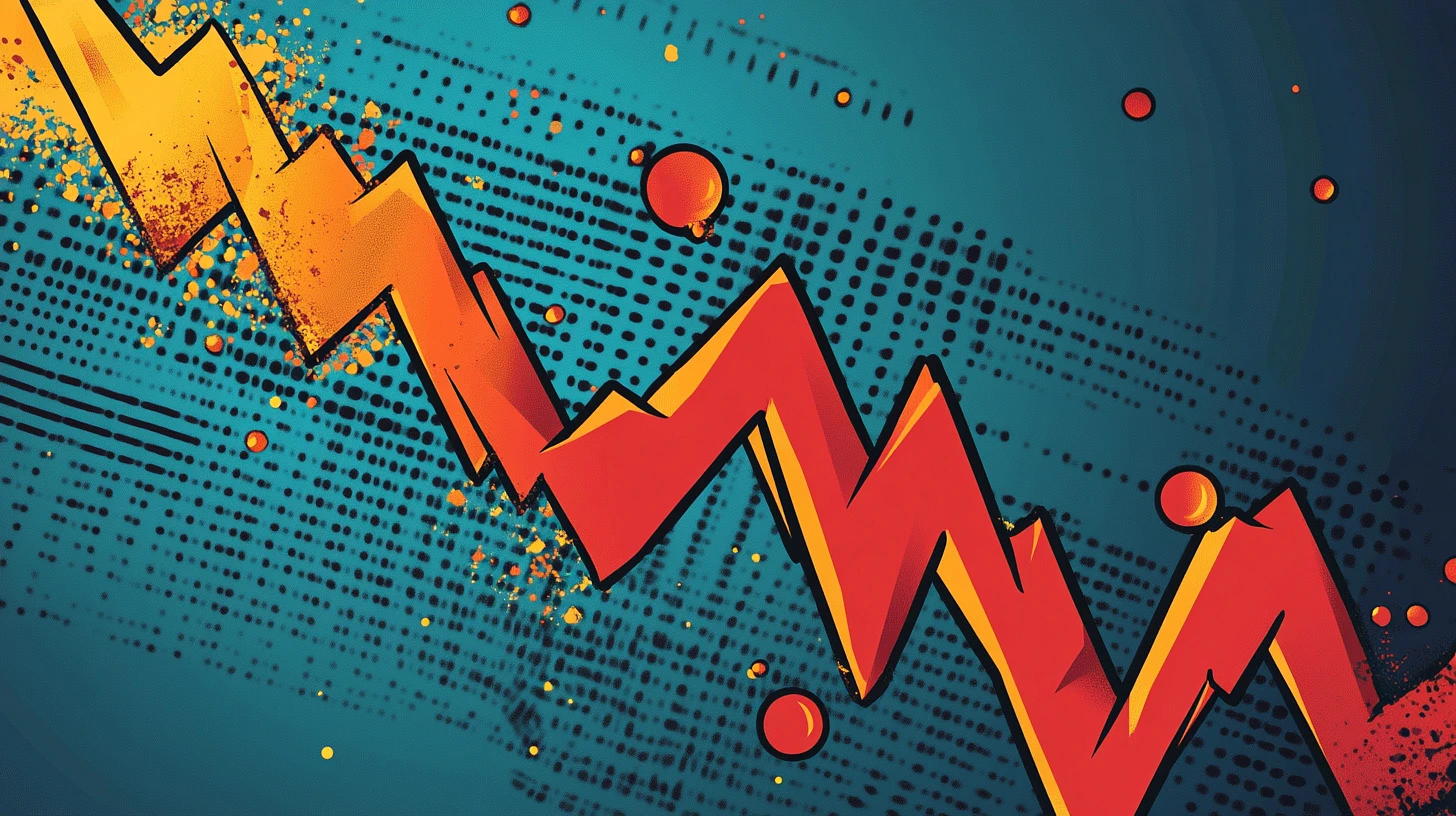What’s the drawdown in trading and how to deal with it?

Imagine your trading account, which was steadily growing just yesterday, suddenly loses 30% of its value. Your heart skips a beat, your palms sweat, and only one thought races through your mind: "How did this happen?". This is a drawdown—an unavoidable companion of every trader, capable of shaking even seasoned professionals. In today’s article, we’ll break down what a drawdown is, why such situations are inevitable, and how to minimize their impact on both your capital and your psyche. Understanding this theme is crucial for anyone serious about finance, as they reveal the true resilience of a trading strategy.
Meaning in Forex
A drawdown is a decline in a trader’s capital—a loss, in simpler terms, but not in the usual sense of the word. It’s expressed as a percentage and shows how much your deposit has decreased after a series of losing trades. A high decline doesn’t always mean failure, but it should serve as a wake-up call to reassess your approach.
Let’s see how to calculate it. For example, suppose your account reaches $10,000, then drops to $7,000 before starting to recover. In this case, your drawdown would be 30%. Importantly, the drawdown is only measured until the recovery begins—if your account later rises from $7,000 to $8,000, that’s a new chapter.
What’s considered a normal drawdown? For conservative strategies: 10-15%. For aggressive strategies: up to 20-25%. If your drawdown exceeds 30%, it’s a serious reason to reassess your approach.
No one likes drawdowns, but learning to live with them is essential. Moreover, if you understand the cause-and-effect relationship behind them, you’ll be better equipped to exit losing positions correctly.
Types
Beyond the general definition, there are several types of capital declines in trading—each with its own pitfalls.
Absolute
The difference between the initial deposit and its lowest point over the entire trading period. It shows how much the capital has decreased relative to the starting amount. In simple terms: you start with $100 and later see only $80 left—realizing *"something went wrong."*
Maximum (Max DD)
The largest peak-to-trough decline in a trader’s balance over a specific period. It highlights the potential risks of a strategy. Imagine having a profit, then panicking and watching all your gains vanish—that’s maximum drawdown.
Relative
Expressed as a percentage of the account’s highest balance. This metric is crucial for evaluating risk management effectiveness. Essentially, it’s your *"survival zone"*—if you haven’t blown the entire deposit, there’s still a chance to recover.
Causes of Drawdowns
Losses can arise from various factors, including:
- Emotional trading—making decisions driven by fear, greed, or excitement. If you’re trading just for the thrill, you’re on a fast track to losses.
- Poor risk management—failing to set risk limits per trade. Going all-in when uncertain is a recipe for disaster.
Flawed strategy—relying on an ineffective or outdated system. If a strategy no longer aligns with your goals, it’s time to let it go. - Market shifts—using a strategy not adapted to current conditions. If stops keep triggering, it’s a sign to pivot. A sudden stock market crash or sector rotation can turn even solid strategies against you.
- Technical failures—broker errors, platform glitches. Frozen terminals or slipped stops are a whole different kind of pain.
Can Drawdowns Be Avoided?
No—they’re inevitable. But you can learn to control their severity. Daily monitoring of your drawdown levels can help you catch problems before they become critical. The key is staying calm, pre-calculating risks, and avoiding emotional decisions. A drawdown isn’t failure; it’s part of the game. Those who master handling it will eventually come out ahead.
How to Mitigate Drawdowns
Several methods can help minimize losses and keep risks in check:
1. Proper Risk Management
Never risk more than 1-2% of your deposit per trade. This limits losses and prevents major setbacks. Never go big without a clear plan.
2. Diversification
Avoid concentrating on a single asset or strategy. Spreading your trades reduces overall risk.
3. Using Stop-Loss Orders
Stop-losses are non-negotiable. Losing a little is better than losing everything.
4. Psychological Preparation
Just make losing streaks become an acceptable event. Discipline and adherence to your strategy are vital—never revenge-trade.
5. Strategy Testing
Backtest on historical data and demo accounts before going live. Experimenting virtually beats burning real money.
Conclusion
Drawdowns are an unavoidable part of trading, but they can be managed. Effective risk control, diversification, stop-losses, and mental resilience help traders reduce losses and achieve steady results. Remember: successful trading isn’t just about winning trades—it’s about handling losses gracefully. The market punishes haste and greed. Everyone faces setbacks; what matters is how you bounce back.


